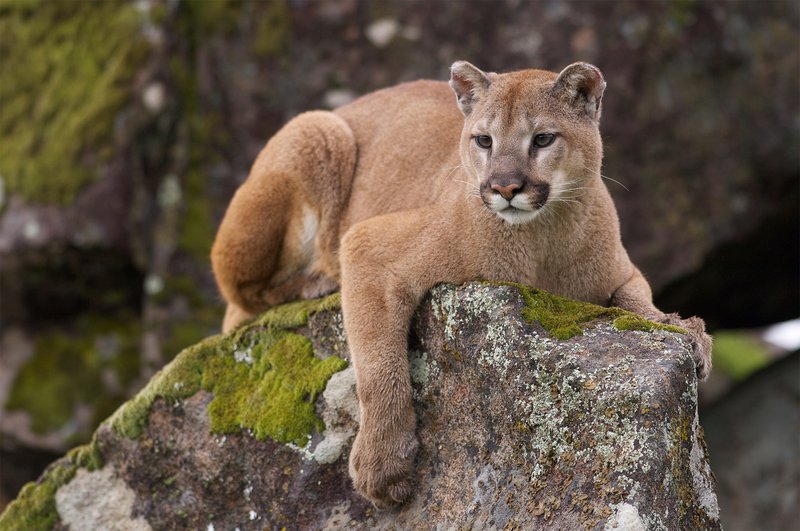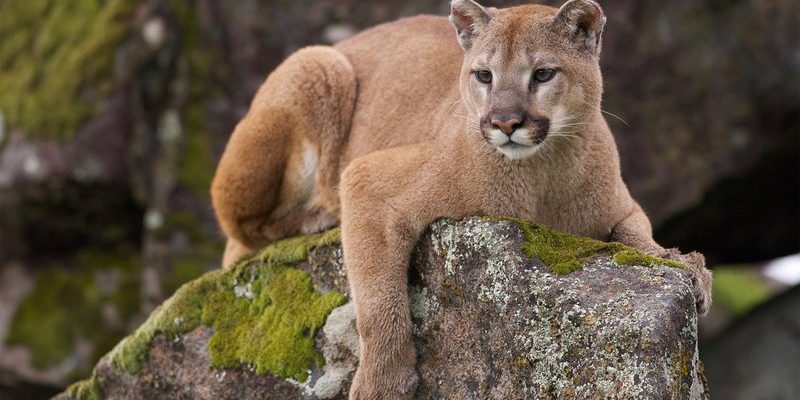
Let’s take a closer look at the situation. Mountain lions, also known as cougars or pumas, roam across diverse habitats in North America, from the lush forests of the Pacific Northwest to the rugged mountains of the Rockies. Understanding their conservation status is crucial not just for their survival, but also for the health of the ecosystems they inhabit. So, pour yourself a cup of coffee, and let’s dive into the fascinating world of mountain lions and what their future holds.
Understanding Mountain Lion Populations
Mountain lions are adaptable creatures, thriving in various environments. They can be found in mountains, forests, deserts, and even suburban areas. Their wide range reflects their ability to adjust to different habitats, making them one of the most versatile big cats. However, with their adaptability comes a unique set of challenges.
Population estimates suggest there are around 30,000 mountain lions across North America. That might sound like a lot, but consider this: their habitats are shrinking due to human development. Urban sprawl pushes them into smaller and smaller territories, leading to conflicts with humans and threats to their survival. The disconnection between populations can make it harder for mountain lions to breed and maintain healthy genetic diversity.
While mountain lion populations appear stable in some areas, they face serious threats elsewhere, particularly in the eastern United States. Habitat loss, vehicle collisions, and hunting pressure all contribute to a complex picture of their status. So, while some areas may boast healthy populations, others are facing real danger.
Threats to Mountain Lion Survival
You might be wondering what exactly threatens mountain lions. After all, they’re fierce predators, right? Well, here’s the thing: the biggest threats often come from human activities.
First off, habitat destruction is a major issue. As cities expand and agriculture takes over more land, mountain lions find it harder to move freely and hunt. This not only affects their survival but also disrupts the entire ecosystem they’re part of. Imagine living in a house with walls closing in; that’s similar to what mountain lions face when their habitats are fragmented.
Next, vehicle collisions pose a significant risk. Mountain lions often cross roads in search of food or mates, and the result can be deadly. In areas with heavy traffic, these animals are at a higher risk of being struck by cars.
Lastly, hunting and poaching still affect mountain lion populations in some regions. While regulated hunting can help maintain healthy populations, illegal poaching for trophies or other reasons can have devastating effects.
Current Conservation Efforts
Conservationists are working tirelessly to protect mountain lions and their habitats. Many organizations focus on creating wildlife corridors that connect fragmented habitats, allowing mountain lions and other wildlife to move safely and maintain genetic diversity. By building these pathways, they can roam more freely without facing the dangers of roads and urban areas.
Another key effort is public education. Raising awareness about the importance of mountain lions in ecosystems can help foster a more positive attitude toward these animals. When people understand that mountain lions help control deer populations and maintain the balance in their habitats, they’re more likely to support conservation initiatives.
Some states have also implemented monitoring programs that track mountain lion populations using GPS collars and cameras. This data helps researchers understand their movements, behaviors, and interactions with other species, guiding effective conservation strategies.
The Role of Legislation in Conservation
Legislation plays a crucial role in protecting mountain lions. Various laws and protections are in place to safeguard these magnificent creatures. For example, many states have designated mountain lions as a game species, which means their hunting is regulated and managed for sustainability. This helps to keep their populations stable.
However, some regions lack adequate legal protections, which makes effective management challenging. It’s important for lawmakers and conservationists to work together to ensure that mountain lion populations are monitored and protected. When policymakers prioritize wildlife conservation, it can make a significant difference in the survival of species like the mountain lion.
You might also see organizations advocating for changes in legislation to improve protections for mountain lions. Their efforts can lead to enhanced management strategies, ensuring that these big cats have a fighting chance as they navigate an ever-changing landscape.
Community Involvement in Conservation
Community involvement is essential to the success of mountain lion conservation efforts. Local residents play a vital role in creating a safe coexistence with these big cats. After all, mountain lions don’t have a say in where they roam, so it’s up to us to make sure they aren’t facing unnecessary dangers.
One effective way communities can help is by not feeding wildlife. It’s tempting to leave out food for deer or other animals, but this can inadvertently attract mountain lions and lead to negative encounters. Instead, communities can focus on protecting their pets and livestock by using secure fencing and not leaving food outdoors.
Another aspect of community involvement is volunteering with local conservation groups. These organizations often host educational programs, workshops, and events aimed at fostering awareness and support for mountain lion conservation. By getting involved, residents can help ensure the future health of their local ecosystems.
Plus, sharing knowledge plays a significant role. When people in the community talk about mountain lions and the challenges they face, it creates a ripple effect that can lead to broader support for conservation initiatives.
Monitoring Mountain Lion Health and Populations
Monitoring the health of mountain lion populations is crucial for understanding their conservation status. By tracking their movements and behaviors, researchers can identify trends and potential problems that may arise.
One common method is using camera traps, which allow scientists to capture images of mountain lions in their natural habitats. These cameras provide crucial data about population sizes, breeding patterns, and territory ranges. Analyzing this information helps conservationists develop strategies to protect these animals effectively.
Additionally, genetic analysis plays a critical role in understanding population health. By studying DNA samples from mountain lions, researchers can identify genetic diversity and determine if populations are thriving or facing problems due to inbreeding. This information is vital for creating conservation plans that support healthy, interconnected populations.
Ultimately, ongoing monitoring ensures that mountain lions are not just surviving, but thriving in their natural habitats.
So, is the mountain lion endangered? The answer isn’t straightforward. While some populations are stable, many face significant threats. The future of this incredible species hinges on our collective efforts—conservationists, lawmakers, and communities need to join forces to ensure their survival.
Protecting mountain lions isn’t just about saving one species; it’s about maintaining the balance within our ecosystems. With proper legislation, community involvement, and ongoing monitoring, we can help ensure that these majestic creatures continue to roam the forests and mountains of North America for generations to come. Remember, when we safeguard mountain lions, we’re also protecting our natural world.

